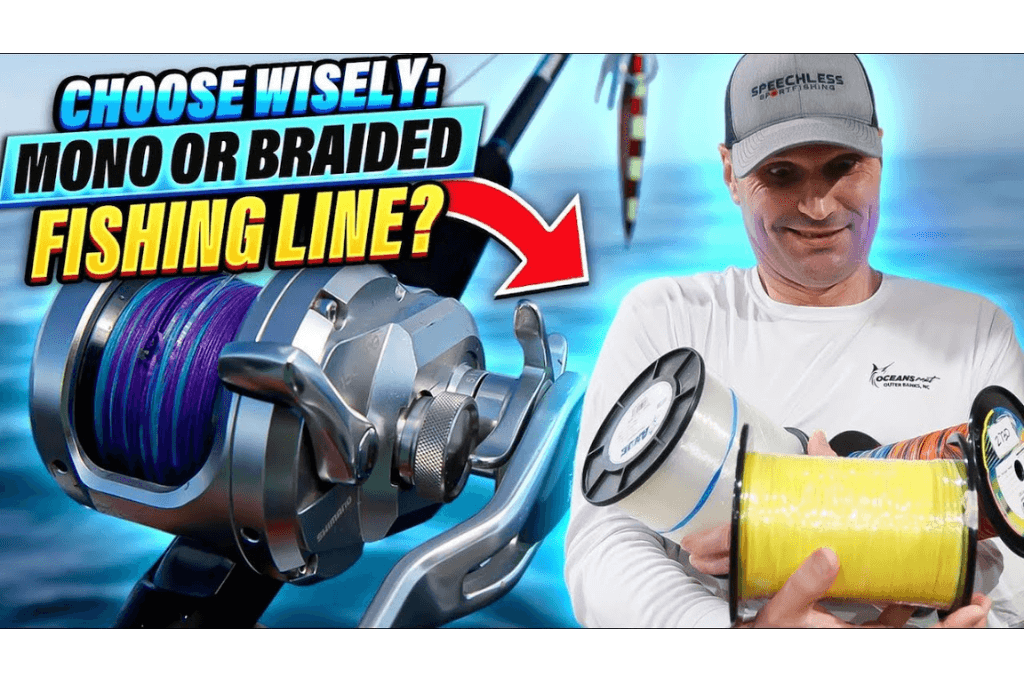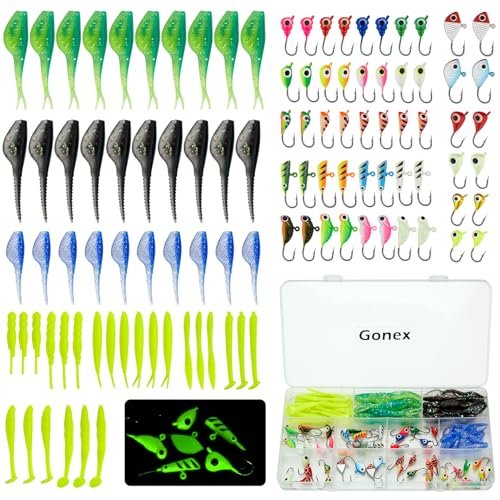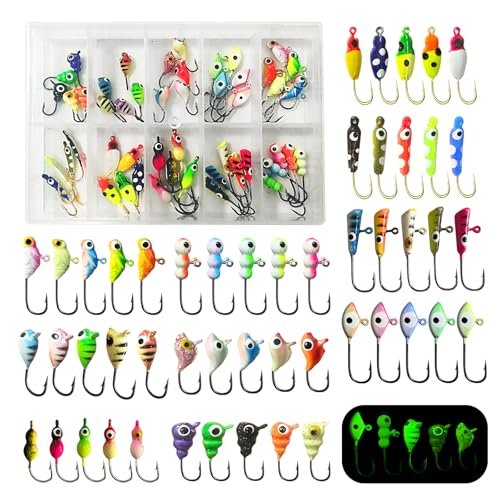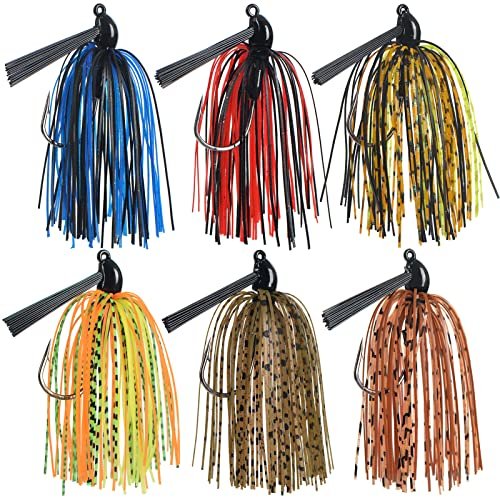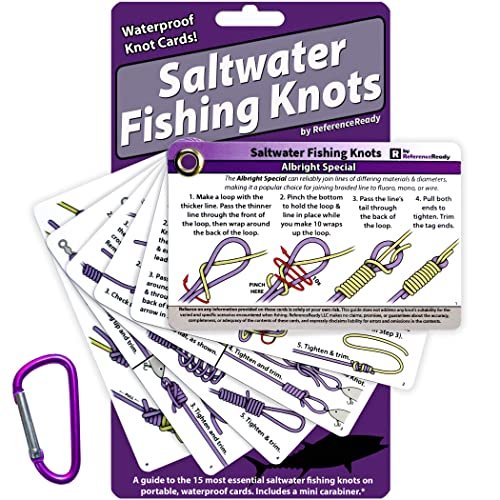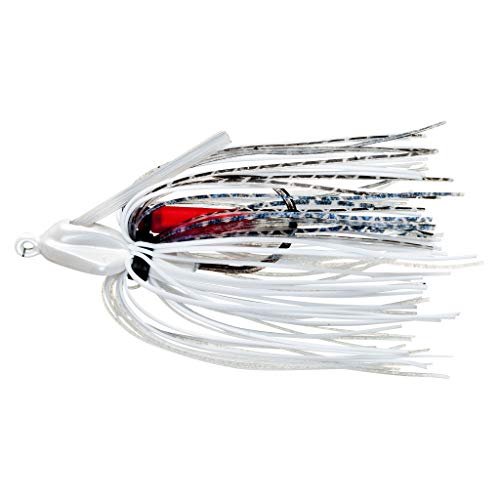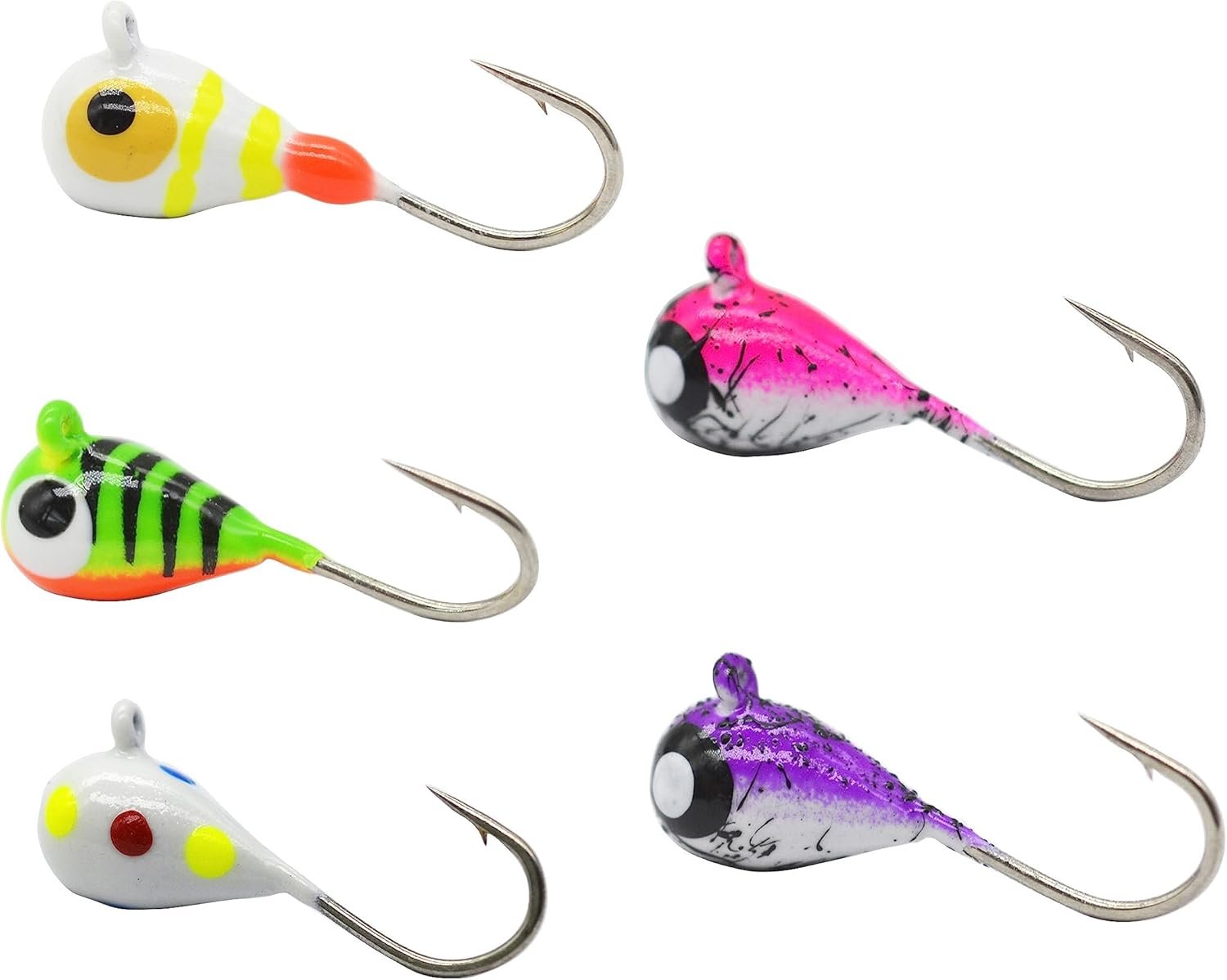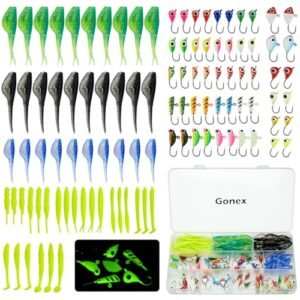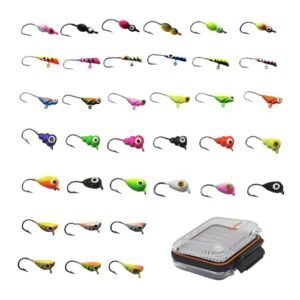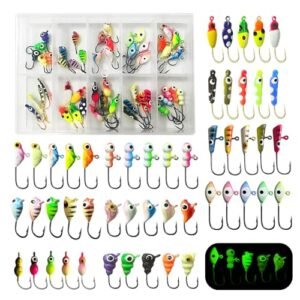Choosing the right fishing line is crucial for a successful fishing experience. Braided lines offer superior strength and minimal stretch, making them ideal for deep-sea fishing and heavy cover. They are also more sensitive, allowing anglers to detect subtle bites.
Monofilament lines, on the other hand, are versatile and easier to handle, making them great for beginners. They provide more stretch, which can be beneficial in preventing the line from breaking under sudden pressure. Each type has its advantages, so the choice depends on the fishing conditions and personal preference. Whether you prioritize strength or ease of use, understanding the characteristics of each line will help you make an informed decision.
Introduction To Fishing Line Types
Braided fishing lines are made from woven fibers. They are very strong and thin. Monofilament lines are made from a single fiber. They are thicker and more stretchable.
Braided lines are best for deep-sea fishing. Monofilament lines are better for freshwater fishing. Each type has its own benefits.
Choosing the right fishing line is important. Braided lines provide better sensitivity. Monofilament lines offer more flexibility.
Braided lines are more durable. Monofilament lines are easier to handle. The type of fish and fishing environment matters.
The Strength Factor
Braided line is known for its incredible strength. This line can handle heavy fish without breaking. Many anglers choose it for rough conditions. Its durability comes from the woven fibers. These fibers make it resistant to wear and tear. It’s a great choice for fishing in rocky areas. Braided line also has less stretch, giving better control.
Monofilament line is famous for its elasticity. It stretches more than braided line. This stretch helps in absorbing shocks. It is ideal for catching fish that fight hard. Monofilament is also easier to handle and knot. It has a smoother texture, making it easy to cast. Many beginners prefer monofilament for its user-friendly nature. This line is also less visible in water, which can help in clear conditions.
Sensitivity And Feel
Braided lines offer direct contact with the fish. Anglers can feel every nibble and bite. This line type has no stretch, providing instant feedback. Braided lines are perfect for detecting subtle movements. They work well in deep water fishing.
Monofilament lines have a cushioning effect. These lines can absorb shocks from fish. They are ideal for beginners due to their stretchability. This type can handle sudden pulls and tugs. Monofilament is also less likely to break under pressure.
Credit: www.reddit.com
Line Visibility Underwater
Monofilament lines are almost invisible underwater. This makes them great for stealthy fishing. Fish find it hard to see these lines. The clear color blends well with water. Anglers often choose monofilament for this reason. It can give them an edge in clear water. The line also has some stretch, which helps to absorb shocks.
Braided lines are very visible in clear water. They are often brightly colored. Fish can see them easily, which can be a problem. But, braided lines are very strong. They have no stretch, which gives better sensitivity. Some anglers use them in muddy waters where visibility is not an issue. They might add a leader to reduce visibility.
Ease Of Use
Braided fishing lines are very strong. They need special knots to stay tight. Monofilament lines are easier to tie. They use simple knots. Kids can learn knot tying with monofilament. Braided lines might slip if not tied right. Monofilament is forgiving and holds knots better. Braided lines need practice and skill.
Monofilament lines are smooth and stretch. This makes them easy to handle. Braided lines have no stretch. They offer better sensitivity. Monofilament is great for beginners. Braided lines cast farther with less effort. They are good for long-distance fishing. Monofilament is less likely to tangle. Both lines have their own benefits.

Environmental And Economic Concerns
Braided fishing lines tend to last longer. They are more durable and do not break easily. This makes them cost-effective over time. Monofilament lines are cheaper initially but need frequent replacement. Frequent replacement adds up in cost. In the long run, braided lines can save money.
Braided lines are made from synthetic materials. These materials can be harmful to the environment. They take a long time to decompose. Monofilament lines also pose a risk but are slightly less harmful. Both types can cause pollution in water bodies. Proper disposal is crucial for minimizing environmental harm.
Species And Technique Specifics
Braided line is great for catching big fish. It has high strength and low stretch. It is perfect for bass and pike. Monofilament is better for smaller fish. It is more flexible and has some stretch. This line is ideal for trout and panfish.
Braided line works well in thick weeds. It cuts through vegetation easily. Monofilament is good for clear water. It is less visible to fish. Baitcasting reels perform better with braided line. Spinning reels often use monofilament for smooth casting.
Anglers’ Perspectives
Many anglers love braided lines. They say it’s strong and lasts long. Others prefer monofilament lines for their flexibility. Some fishers talk about how braided lines helped catch big fish. They feel more confident with it. On the other hand, some find monofilament better for casting. They think it’s easier to handle. Both types have strong fans.
Experts often suggest braided lines for deep-sea fishing. They believe it offers better control. Monofilament lines are recommended for beginners. They are easier to use and more forgiving. Professionals appreciate the strength of braided lines. But they also value the stretch of monofilament lines. Each has its own set of advantages.
Making The Choice
Braided fishing line is very strong and thin. It has less stretch which helps in feeling bites easily. But, it is more visible in clear water. This might scare fish away. Monofilament fishing line is more flexible and stretches more. It is less visible underwater. This can be good for sneaky fish. But, it is thicker and might not cast as far.
Some people like the strength of braided lines. Others prefer the invisibility of monofilament lines. Think about where you fish. Clear water might need monofilament. Rougher waters might do better with braided. Your choice depends on what you need most.

Frequently Asked Questions
What Type Of Fishing Line Is Best All Around?
Monofilament fishing line is best for all-around use. It’s versatile, affordable, and suitable for various fishing techniques.
Is 10lb Braid Stronger Than 10lb Mono?
Yes, 10lb braid is generally stronger than 10lb mono. Braid has higher tensile strength and less stretch.
When Should You Not Use Braided Fishing Line?
Avoid using braided fishing line in clear water, rocky areas, or when fishing for easily spooked fish.
Is 20lb Braid As Strong As 20lb Mono?
No, 20lb braid is not as strong as 20lb mono. Braid has less stretch and more sensitivity. Mono offers better abrasion resistance.
Conclusion
Choosing between braided and monofilament fishing line depends on your fishing style. Consider the benefits of each type. Braided lines offer strength and sensitivity. Monofilament lines provide versatility and ease of use. Assess your needs and make an informed decision.
Happy fishing and tight lines!
